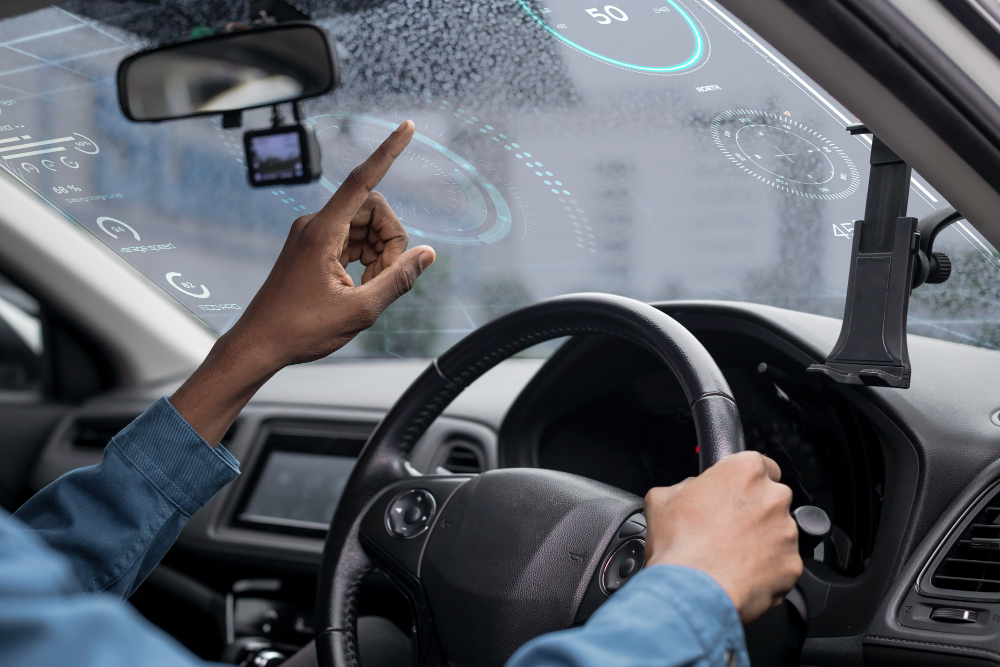Introduction
In the era of smart cities and AI-driven surveillance, monitoring vehicle movement has become essential for maintaining security, ensuring regulatory compliance, and improving traffic management. One of the most effective tools enabling this transformation is the license plate recognition system. This intelligent solution uses optical character recognition (OCR) and machine learning to read and process vehicle number plates in real-time, empowering authorities and private operators with actionable insights.
As urban infrastructure expands and the volume of vehicles grows exponentially, license plate recognition (LPR) has shifted from being a novelty to a necessity. This article explores why LPR systems are crucial for modern vehicle monitoring and how they fit into the broader ecosystem of intelligent surveillance and traffic enforcement.
What Is a License Plate Recognition System?
A license plate recognition system is a specialized video analytics technology that identifies vehicles based on their registration plates. Cameras—either fixed or mobile—capture license plates, which are then interpreted by software using advanced OCR and pattern recognition algorithms. This data can be used for multiple purposes such as toll collection, traffic law enforcement, security monitoring, parking management, and fleet tracking.
Unlike traditional surveillance systems, LPR does not just record. It processes, interprets, and acts on data in real time, providing a dynamic layer of intelligence that is invaluable to modern urban and commercial infrastructure.
Why LPR Systems Are Vital for Vehicle Monitoring
1. Real-Time Traffic Monitoring and Violation Detection
One of the most critical use cases of LPR systems is in traffic management. By continuously tracking vehicle movement, authorities can detect red-light violations, overspeeding, and unauthorized lane changes. Integrating LPR with centralized command centers allows for real-time alerts, enabling quicker responses to incidents and better traffic flow optimization.
2. Improved Law Enforcement and Public Safety
Law enforcement agencies leverage LPR to identify vehicles linked to criminal activity. From stolen cars to unregistered or blacklisted vehicles, the system can instantly cross-check captured plates against criminal databases. This aids in prompt interdiction and helps deter unlawful activity in public spaces.
3. Seamless Access Control and Parking Management
In gated communities, corporate campuses, and government facilities, LPR systems offer automated access control. Authorized vehicles can be identified instantly, reducing the need for manual checks or RFID-based entry. In commercial parking spaces, LPR enables ticketless parking, real-time space monitoring, and digital billing—improving both efficiency and user experience.
4. Enhanced Border and Perimeter Security
LPR is a valuable component in border control, checkpoints, and sensitive installations. It supports surveillance by continuously logging incoming and outgoing vehicles and generating alerts in case of unauthorized or suspicious entries. When combined with under-vehicle scanning and driver authentication, it forms a robust multi-layered defense system.
5. Data-Driven Decision-Making
Data collected by LPR systems can be analyzed to gain insights into traffic patterns, peak hour congestion, or the frequency of rule violations. These analytics help policymakers in designing more efficient road infrastructure and enforcement strategies.
Top 5 Companies Providing License Plate Recognition System Services
The global demand for LPR solutions has led to the emergence of several technology providers specializing in intelligent vehicle monitoring. Here are five notable companies in the space:
- Genetec Inc. – A Canadian company known for its LPR software integrated with its unified security platform.
- PlateSmart Technologies – A U.S.-based firm that offers AI-powered LPR solutions tailored for law enforcement and private entities.
- Vaxtor Technologies – Specializing in optical character recognition solutions, Vaxtor offers embedded LPR systems across industries.
- Siemens Mobility – A division of Siemens that provides traffic management systems, including license plate recognition as part of smart mobility solutions.
- Vehant Technologies – An Indian-based company developing AI and ML-powered traffic enforcement and vehicle scanning systems, including license plate recognition system solutions widely used in smart cities and critical infrastructure.
These companies are driving innovation by integrating AI, machine learning, edge computing, and cloud-based analytics into their LPR platforms.
Relevance in High-Security Areas and Airports
Airports, in particular, benefit immensely from vehicle monitoring systems. With heightened concerns around safety, airports are deploying multi-layered systems that include LPR, driver face verification, under-vehicle scanning, and baggage detection.
As discussed in the article on Technology Advances in ETD for Airports, these combined solutions form a comprehensive screening and monitoring network. LPR serves as a key component by ensuring only authorized vehicles enter restricted zones and by logging all vehicular activity for audit and response purposes.
Conclusion
The license plate recognition system is no longer a futuristic concept—it is a present-day necessity. From easing urban traffic woes to enhancing national security, LPR plays a pivotal role across domains. With advancements in AI, cloud computing, and integrated analytics, these systems are set to become even more precise, responsive, and invaluable.
Whether for smart cities, high-security zones, or enterprise campuses, LPR systems represent the future of intelligent vehicle monitoring. As technology continues to evolve, so too will the capabilities of license plate recognition—making our roads safer, our cities smarter, and our infrastructures more efficient.

